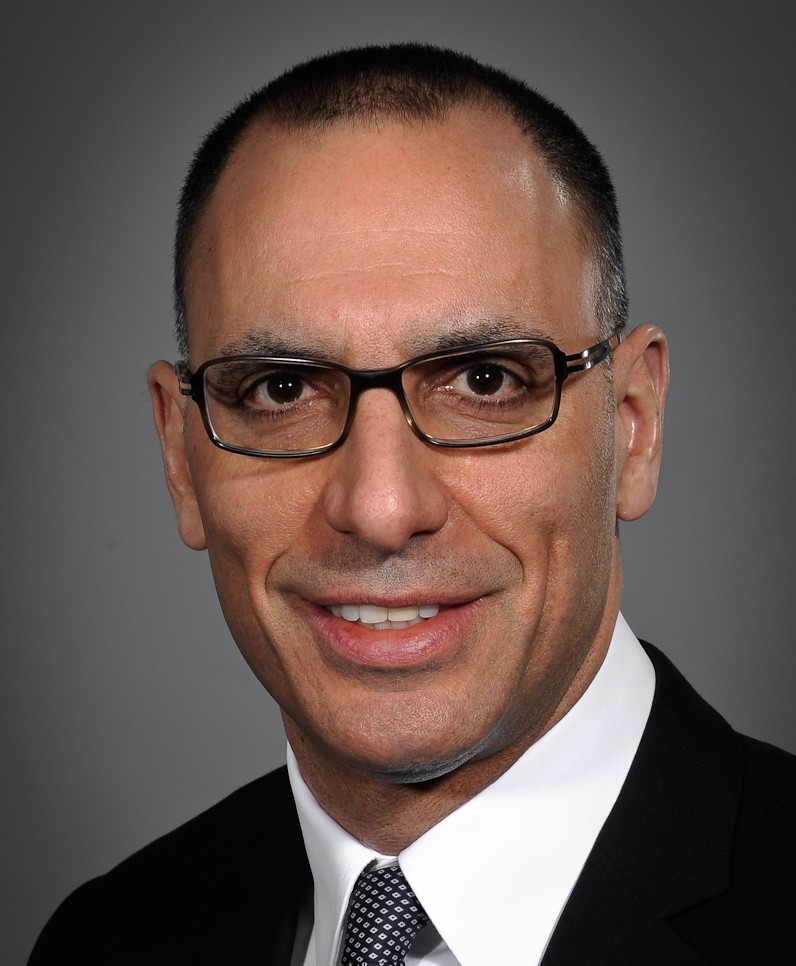Your nose takes up a significant amount of real estate in the middle of your face. If it’s out of proportion, it can really throw off the harmony of your entire face – and the human eye tends to notice disharmony. This is one of the many reasons why patients who seek a rhinoplasty or nose job are often so self-conscious, particularly in our current era of iPhones, selfies and tablets.
A rhinoplasty, or nose surgery, can improve the cosmetic appearance of the nose as well as functionality. If the nose isn’t working at an optimum level, it can restrict your air flow and cause breathing issues. Board certified plastic surgeon Dr. Stafford Broumand of New York City discusses the rhinoplasty and why it’s not just important to tailor the procedure to a patient’s face, but predict the future as well.
Understanding Rhinoplasty
For Dr. Broumand, a “rhinoplasty is a wonderful and interesting operation.” At its core, it is a procedure that deals with two different things: the cosmetic appearance of the nose and the functional ability of the nose. The first step for any plastic surgeon when dealing with a potential rhinoplasty patient is to figure out why the patient has come in for a consultation. Is it the aesthetic appearance of the nose? Is it a breathing issue? Or is it both?
Many patients come in with a “dream” nose that simply won’t work with their anatomy. The job of a good plastic surgeon is to design a nose that works with your eyes, cheekbones, chin point, lips and philtrum, or dimple between the nose and the lips. All of this matters more than in any other plastic surgery procedure. Rhinoplasty surgeons have to always weigh functional ability while administering aesthetic improvements, as a poorly functioning nose is debilitating
Restoring Functional Ability with Rhinoplasty
Besides making a nose look better, a rhinoplasty is also about making a nose work better. A deviated septum or obstruction inside the nose will limit your nose’s ability to take air in and out. This can result in:
- nosebleeds
- snoring
- dry mouth
- exacerbated allergy or asthma symptoms
- difficulty exercising
Improving airflow in and out of the nose can make a patient both look and feel more energized.
Predicting the Future of Your Rhinoplasty
Once Dr. Broumand has deciphered exactly what needs to be done to improve your nose, he then must understand what the future holds for that nose. “It’s not static. There’s always some shifting and scarring,” he shares. This is where experience really comes into play because it allows the surgeon to predict the future. A great result is not just about how the nose looks today, but how it will look 1, 5, 10 years down the road.
This is why it’s important to see a highly skilled surgeon such as a board certified plastic surgeon with immense rhinoplasty experience. If the surgeon doesn’t have that knowledge, the patient won’t ultimately achieve their desired outcome. “It’s having the understanding of what you’re doing and having an understanding of what the nose will become after you’ve done the surgery,” explains Broumand.
Rhinoplasty Tailored to the Individual
There are two surgical approaches to a rhinoplasty. One is closed and one is open and Dr. Broumand discusses the pros and cons of each with his patients. Since every patient is unique, it is vital to tailor the rhinoplasty to the patient. “It’s not one nose fits all.” We are no longer in the ’70’s and ’80’s where each plastic surgeon had a specific nose and every patient got that exact same nose. “That’s not the nose for the new millennium,” explains Broumand. A good surgeon is going to design the nose that belongs to your face. It’s individualized, not a cookie cutter.
Rhinoplasty can be a difficult operation until a surgeon understand what’s going on. Technically, he or she can go through the steps, but it takes years of experience to really understand and predict what the outcome will look like in the future. “I have found that over the years in my practice, I have a better understanding of the way that rhinoplasties work,” says Broumand.
Today, he does a lot them. Since he wants 100% patient satisfaction, he uses 3D imaging to show the patient what he can deliver. A picture really does speak a 1000 words. Because of this, he has a very high patient satisfaction level because he and his team are in sync with the patient. His goal is to deliver on his treatment plan so that there are no surprises. Not now, nor ever.




















Facebook
Twitter
Instagram
YouTube
RSS